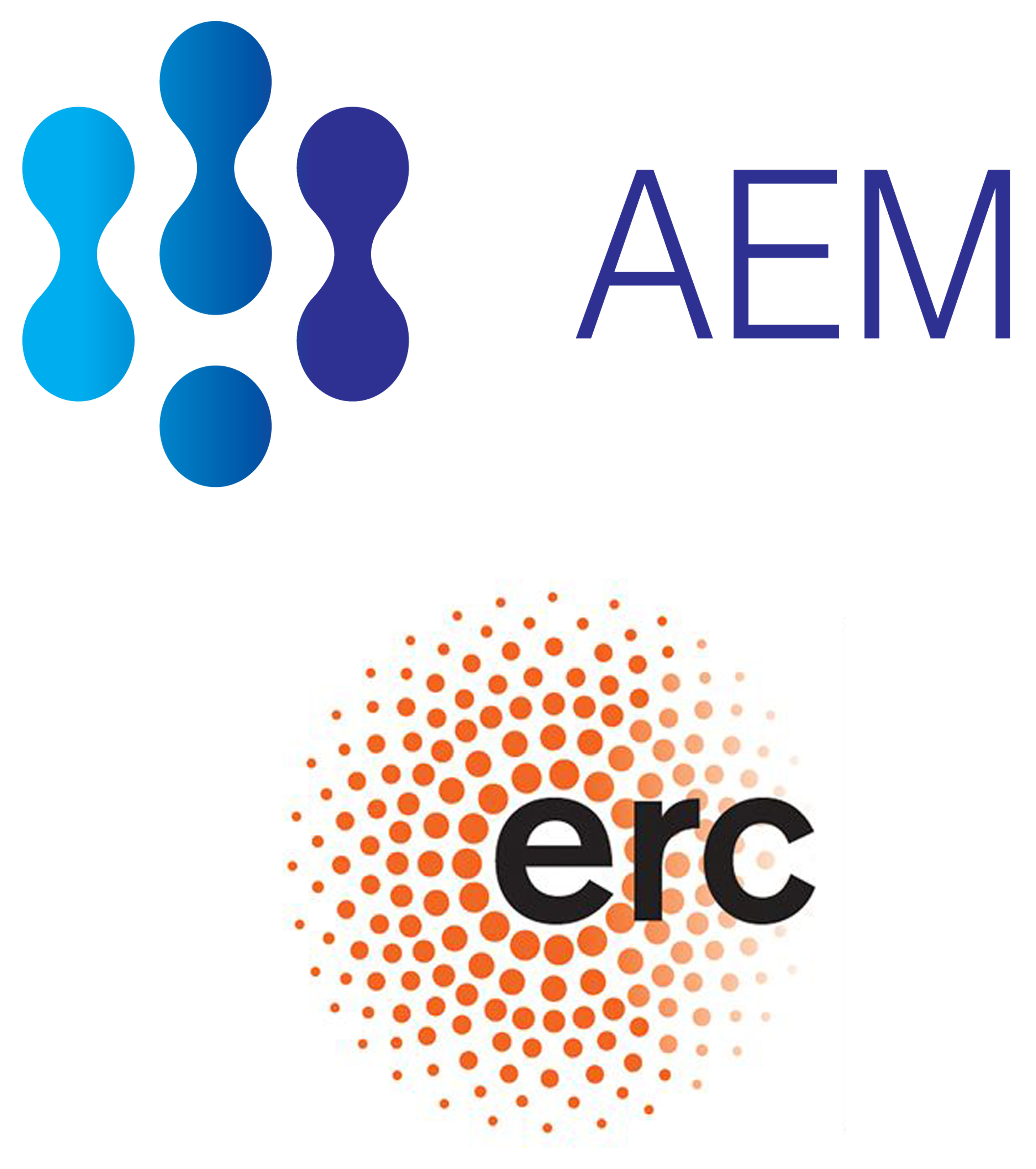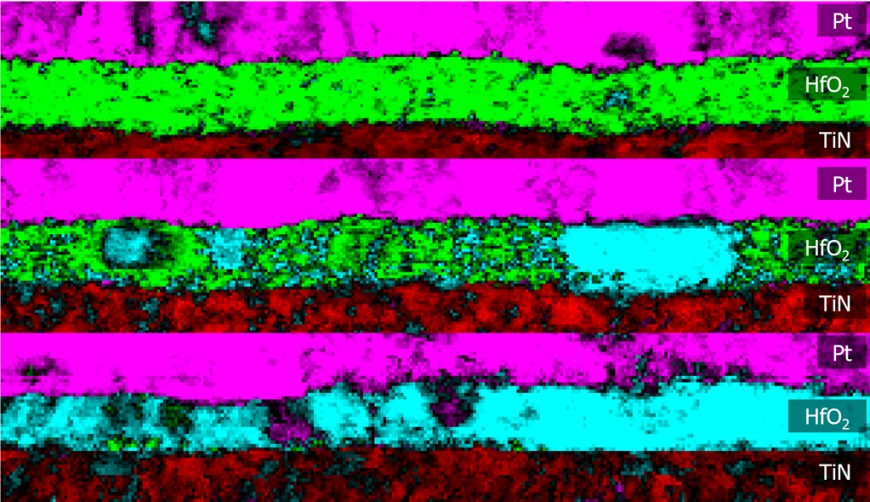Insights on Structure-Property Correlations in Hafnia-Based RRAM Devices by In Situ (S)TEM
Project Members: Robert Eilhardt (PhD Student), Leopoldo Molina-Luna (PI)
Description:
Hafnia based resistive random-access memory (RRAM) devices are promising candidates as next generation non-volatile memories and are appealing because of the compatibility with back-end-of-line processes in the current semiconductor fabrication process. Thus, improving device reliability is crucial for their use in future memory applications. Understanding the influence of the microstructure and the atomistic processes involved will help enhance device performance. In situ experiments that involve heating as well as biasing are currently being carried out on devices mounted on MEMS-based chips by FIB in situ lift-out techniques and are key towards providing a component specific understanding of the physical/chemical mechanisms involved. Furthermore, we have performed a temperature-dependent study to directly monitor the microstructure evolution of the hafnia layer directly inside the microscope, thus giving a unique insight into the growth mechanism and formation of grain boundaries. The transformation from an amorphous/nanocrystalline to a polycrystalline state lowered forming voltages and device-to-device variability of the memory devices and served as a basis for a direct structure-property correlation. To further analyse the complex texture transfer mechanisms involved, phase-determination 4D-STEM experiments are carried out to locally correlate HfO2 grain orientations with the underlying TiN electrode.





